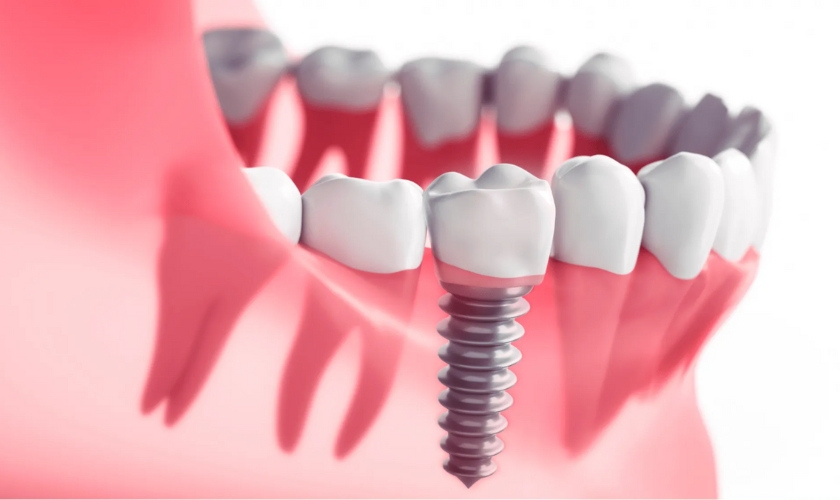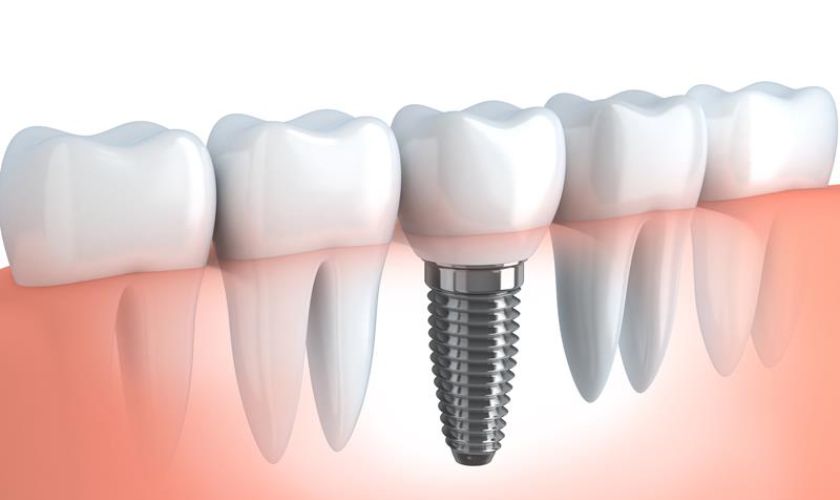New Patients Welcome!

Dental implants have transformed the landscape of restorative dentistry, offering patients a durable and aesthetically pleasing solution for missing teeth. However, despite their high success rates, dental implants can sometimes fail, leading to complications that require prompt attention. In this in-depth guide, we will explore the signs and symptoms of a failed dental implant, delve into the potential causes behind implant failure, discuss diagnostic methods, and outline treatment options available to patients and dental professionals.
Section 1: Understanding Dental Implants
In this section, we’ll provide a comprehensive overview of dental implants, including their purpose, components, and placement process. We’ll discuss the role of osseointegration in implant success and highlight the benefits that implants offer compared to traditional tooth replacement options.
Section 2: Common Causes of Dental Implant Failure
Implant failure can occur due to various factors, and it’s essential to understand these potential causes. We’ll explore common reasons for implant failure, such as infection, peri-implantitis, inadequate bone support, implant overloading, and surgical errors. By identifying these risk factors, patients and dental professionals can take proactive steps to minimize the likelihood of implant failure.
Section 3: Signs and Symptoms of a Failed Dental Implant
Recognizing the signs of a failed dental implant is crucial for timely intervention. We’ll outline the key symptoms that patients should watch out for, including pain, swelling, mobility of the implant, gum recession, and changes in bite alignment. Additionally, we’ll discuss less obvious signs, such as persistent bad breath and radiographic evidence of bone loss, that may indicate underlying implant complications.
Section 4: Diagnostic Procedures for Evaluating Implant Failure
To accurately diagnose implant failure, dental professionals utilize various diagnostic tools and techniques. We’ll provide an overview of these diagnostic procedures, including clinical examination, imaging studies (such as X-rays and CBCT scans), probing and pocket depth measurements, microbiological analysis, and, if necessary, biopsy. By employing a systematic approach to evaluation, dentists can determine the cause of implant failure and tailor treatment accordingly.
Section 5: Treatment Options for Failed Dental Implants
Treatment strategies for failed dental implants depend on the underlying cause and severity of the complication. We’ll discuss both non-surgical and surgical interventions, such as antibiotics and antimicrobial therapy, professional cleaning and debridement, implant removal and site decontamination, bone grafting, and implant replacement or salvage. Additionally, we’ll emphasize the importance of comprehensive treatment planning and multidisciplinary collaboration to achieve optimal outcomes for patients.
Section 6: Preventive Measures to Minimize Implant Failure
Prevention is key when it comes to avoiding implant failure. We’ll highlight preventive measures that patients can take, such as maintaining good oral hygiene, attending regular dental check-ups, and avoiding habits that can compromise implant success (e.g., smoking). Furthermore, we’ll discuss the importance of thorough patient evaluation, proper surgical technique, and ongoing monitoring to mitigate the risk of implant complications.
In conclusion, understanding the signs of a failed dental implant is essential for both patients and dental professionals. By being vigilant for symptoms of implant failure and seeking prompt evaluation and treatment, patients can preserve the longevity and success of their dental implants. With advances in diagnostic technology and treatment modalities, the prognosis for managing implant complications continues to improve, offering hope for patients facing implant-related challenges. If you suspect that you may be experiencing implant failure, don’t hesitate to contact your dentist for evaluation and personalized care.





